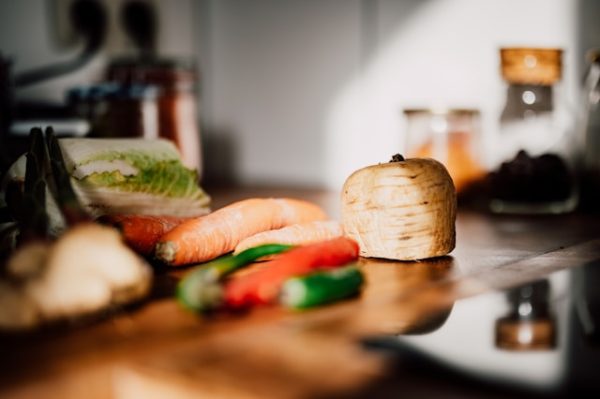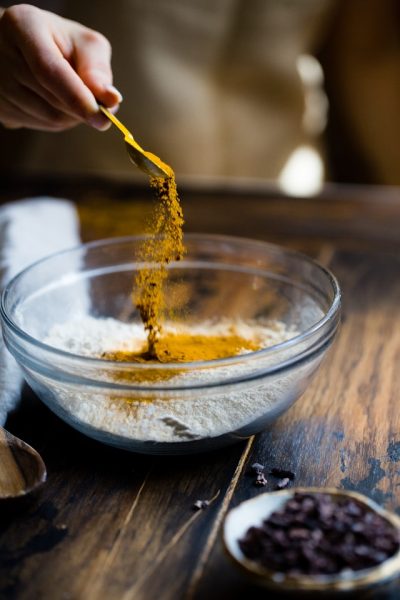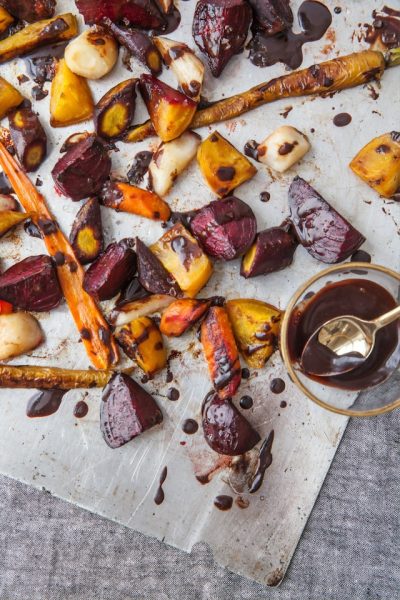The way people cook and enjoy vegetables has become more exciting, with a growing love for plant-based meals. Many chefs and home cooks are moving away from treating vegetables as just a side dish and instead making them the star of the plate. This shift has sparked an exploration of flavors, especially through rubs—powerful mixes of spices and herbs—that can completely transform how vegetables taste. Rubs bring out the natural qualities of vegetables, inspiring creativity in the kitchen while appealing to a wide range of tastes.
When you understand how rubs interact with different vegetables, it becomes easier to pick the right spice combinations to make them shine. Whether using store-bought blends or creating your own, rubs add a fun and flavorful element to cooking. The way rubs are applied to vegetables is also different from meat, highlighting their unique textures and aromas. With the right techniques and a little creativity, vegetables can easily become the highlight of any meal.
Why Rubs Work So Well on Vegetables
Rubs stand out because they stay on the surface of vegetables instead of soaking in. This creates a bold interaction between the natural flavors of the vegetables and the spices in the rub. From smoky and earthy to bright and zesty, rubs can transform vegetables into something completely new. For example, carrots can taste even sweeter, and beets can feel more grounded and rich.
Rubs also bring texture to the table, adding a crispy layer or a slightly charred finish, depending on how they’re cooked. Since vegetables don’t absorb flavors the same way meat does, it’s important to choose spices and herbs that complement their natural taste. Getting this balance right creates dishes that are vibrant, flavorful, and satisfying.

Choosing the Right Rub for Different Vegetables
Picking the right rub can make all the difference. Smoky spice blends work beautifully with root vegetables like potatoes, carrots, and parsnips. These sturdy veggies soak up deep, rich flavors from smoked paprika, chipotle, or cumin, creating a warm and comforting taste.
Lighter vegetables, like zucchini, asparagus, and bell peppers, pair well with fresh, herb-based rubs. Basil, thyme, and dill bring out their delicate flavors. For heartier vegetables, such as Brussels sprouts and cauliflower, a spicy rub can add an extra kick. Think chili powder or cayenne pepper for bold, exciting flavors. When choosing a rub, keep texture in mind—coarser blends often work better with firm vegetables, while finer blends suit softer varieties.
Proper Preparation for Maximum Flavor
Good preparation makes all the difference when using rubs on vegetables. Start by washing them thoroughly to remove dirt, then dry them so the rub sticks better. Cutting them into uniform pieces helps distribute the seasoning evenly and creates consistent flavor in every bite.
Cooking method also plays a big role. Roasting caramelizes the natural sugars in vegetables, blending the rub’s spices beautifully. Grilling adds a smoky touch that enhances bold flavors. Tossing vegetables in a bowl with rub creates even coating, while sprinkling rubs directly can give more control over seasoning specific areas.

Craft Your Own Custom Rubs for Unique Flavor Profiles
Making your own vegetable rubs can be a fun way to experiment in the kitchen. Custom blends let you fine-tune flavors to match specific vegetables. Most rubs start with a base of salt to bring out natural flavors. From there, you can add herbs, spices, or even a touch of sweetness.
Balancing flavors is key. Sweet vegetables like sweet potatoes pair well with warm spices such as cinnamon or nutmeg. Leafy greens like kale shine with zesty ingredients like lemon zest or garlic powder. Adding umami-rich elements like nutritional yeast or miso powder can create deeper, more complex flavors.
Spice-Rubbed Vegetables: A Flavorful Upgrade for Any Meal
Rubbed vegetables—seasoned with flavorful spice blends—can easily steal the spotlight in any meal. Roasted vegetable platters, filled with bright colors and bold, seasoned flavors, look stunning on a dinner table. Grilled vegetables, coated in a well-balanced rub, shine in tacos when paired with toppings like avocado and slaw. Seasonal vegetables, enhanced with a mix of spices, always bring extra freshness and vibrancy to the mix.
You can take things up a notch by pairing these well-seasoned vegetables with sauces and dips. A drizzle of balsamic glaze adds sweetness, while dips like tahini or yogurt-based sauces perfectly complement the spices. Even beverages, like a glass of wine, craft beer, or a creative mocktail, can tie the meal together beautifully.
Rubs offer an easy yet powerful way to elevate vegetables, turning them from simple sides into unforgettable dishes. Exploring different spice blends and preparation techniques, home cooks and chefs alike can unlock a world of bold flavors and enticing textures. Whether it’s the smoky warmth of paprika on roasted carrots or the fresh zest of dill on grilled zucchini, rubs have the versatility to match every vegetable and cooking style. With a little creativity and an understanding of flavor balance, vegetables can take center stage in any meal, bringing vibrant colors, rich tastes, and endless possibilities to the table.


